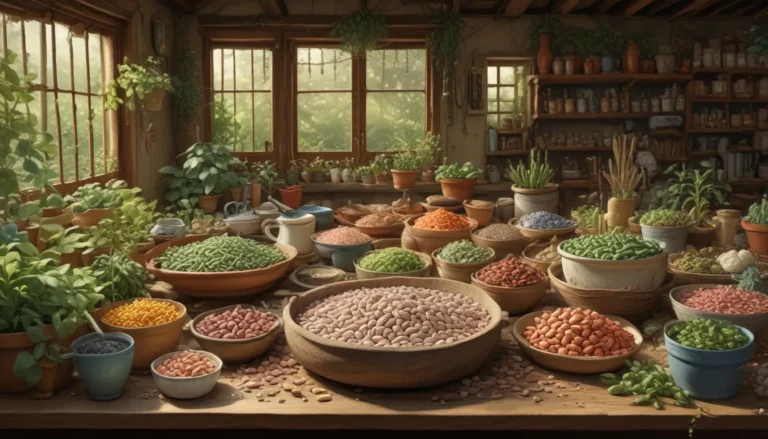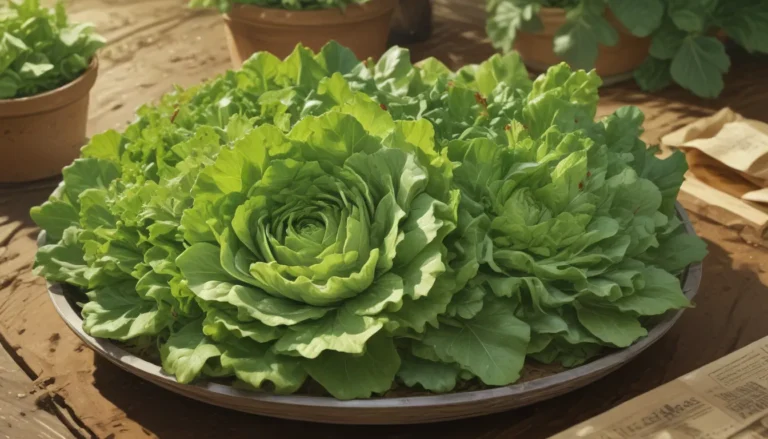Understanding and Managing Pecan Stem End Blight: Symptoms, Treatment, and Prevention

So, you’re out there, tending to your beloved pecan trees, dreaming of the delicious pies or even potential farmers market sales that come with a successful harvest when, suddenly, you notice the husks start turning an ominous shade of black.
Take a closer look – this could be a sign of a serious issue known as pecan stem end blight, caused by a fungal disease known as Botryosphaeria ribis (or B. dothidea). Insects love to spread this fungus while feeding on your trees, making matters worse.
But don’t panic. With quick action and the right approach, you can tackle this problem head-on. Let’s dive into the details on how to identify, treat, and prevent this pesky disease that can wreak havoc on your pecan trees.
What You’ll Discover
- Symptoms of Pecan Stem Blight
- How to Treat
- Prevention Measures
Symptoms of Pecan Stem Blight
Keep a watchful eye on the water stage of development, which falls between pollination and the hardening of the shell. This occurs approximately 90 days after pollination, with timing varying depending on the climate.
During this crucial stage, examine the developing nuts closely. You may spot black or brown lesions on the husk near the nut’s base, where it connects to the tree. These lesions will appear sunken and shiny, gradually spreading until the husks turn black and can be easily dislodged from the stem.
Cutting open the nut will reveal brown liquid endosperm inside. Remember, as the disease is insect-spread, not all nuts on the tree may be affected, leaving you with a mixture of healthy and infected nuts.
How to Treat
Once you’ve spotted the telltale signs of pecan stem blight, swift action is imperative. While complete eradication remains a challenge, timely intervention can help salvage your crop to some extent.
Consider using a fungicide within the first 10 days of the water stage, with benomyl-type fungicides being the preferred choice. Thiophanate methyl, recommended by the Pecan IPM Program, is effective in combating this disease. Be sure to follow up with a second application 10 days later.
A Word of Caution
Always handle chemical products with care, following all safety guidelines outlined on the label. When in doubt, seek professional guidance to ensure safe and effective application.
Prevention Measures
To shield your pecan trees from the onslaught of diseases and pests, proactive steps are key. Here are some strategies to minimize the risks right from the planting phase:
- Ensure adequate spacing between trees to facilitate airflow.
- Regularly prune dead branches to enhance air circulation and eliminate plant debris.
- Opt for sunny planting locations and steer clear of salty soils to promote tree health.
The Menace of Insect Spread
The threat of pecan stem end blight intensifies due to its insect-driven transmission. Once a tree in the vicinity is infected, the risk extends to all nearby trees, jeopardizing entire crops. Swift action is essential upon detection of the disease to mitigate its impact.
Take immediate action by applying a suitable fungicide upon identification, followed by a repeat treatment in 10 days. While these measures can help curb the spread temporarily, eradicating this stubborn disease entirely remains a daunting task.
If you’re keen on learning more about warding off pests and diseases, check out these informative guides:
- Managing Root Rot in Fruit, Nut, and Landscape Trees and Shrubs
- Identifying and Controlling Cotton Root Rot in Fruit and Nut Trees
- Protecting Your Produce Against Bacterial Soft Rot
The road to a bountiful harvest of pecans is fraught with challenges, but armed with knowledge and proactive measures, you can safeguard your precious trees from the clutches of pecan stem end blight.
Remember, vigilance is key when it comes to preserving the health of your pecan trees. With a keen eye and timely intervention, you can overcome the threats posed by pecan stem blight. Stay informed, stay proactive, and watch your orchard thrive.





